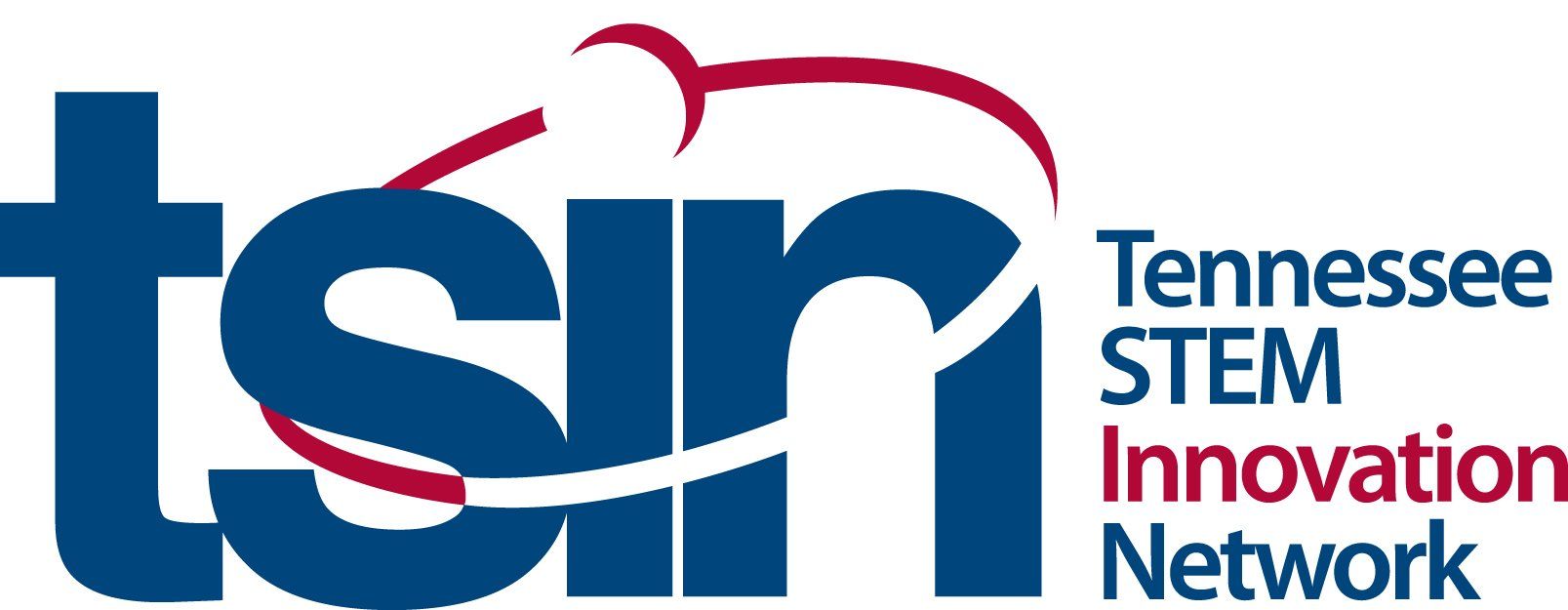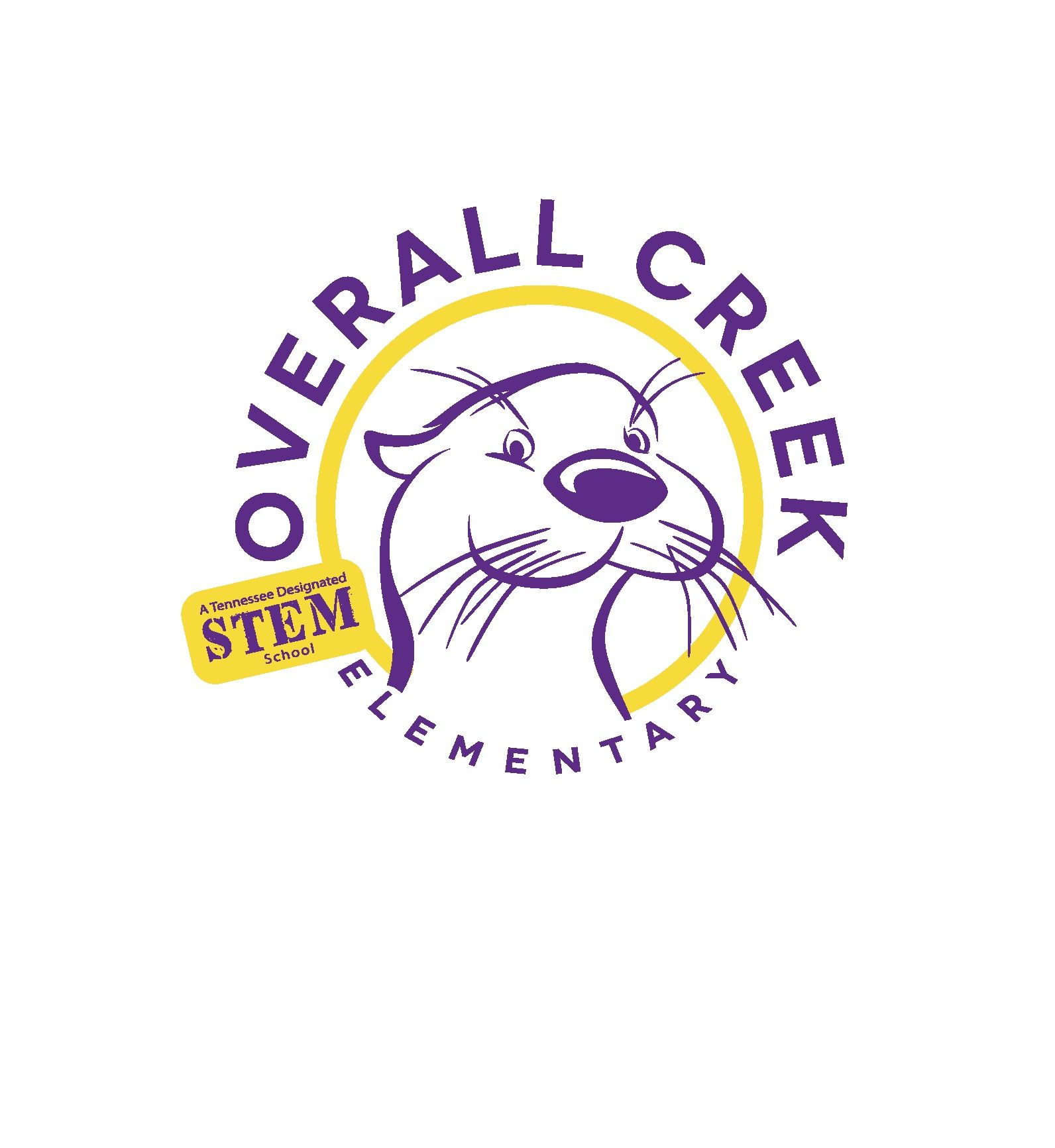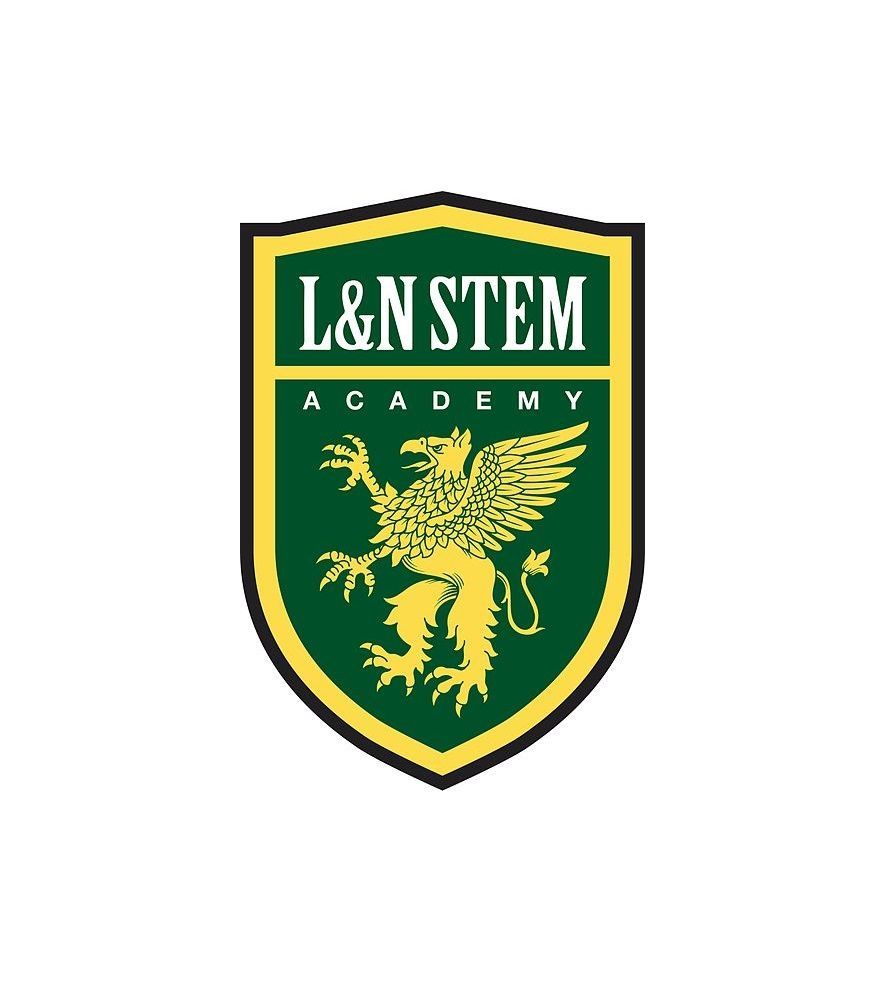Don’t Miss the Great American Eclipse 8.21.17
On August 21, 2017, parts of Tennessee will experience a total solar eclipse, a particularly awe-inspiring event for those in or along the path of totality. Don’t be surprised by this unexpected plunge into darkness and a nearly 20-degree drop in temperature for over two minutes! Are You in the Path of Totality? NASA provides […]Read more The post Don’t Miss the Great American Eclipse 8.21.17 appeared first on Tennessee STEM Innovation Network.
On August 21, 2017, parts of Tennessee will experience a total solar eclipse, a particularly awe-inspiring event for those in or along the path of totality. Don’t be surprised by this unexpected plunge into darkness and a nearly 20-degree drop in temperature for over two minutes!
Are You in the Path of Totality?
NASA provides several unique maps that show the path of the total solar eclipse this August. They offer several free resources, downloadable and interactive maps, posters, and fact sheets that can be found here.
TSIN Eclipse Resources
Project-Based Learning Unit
Download this Eclipse PBL Unit for grades 6-12 that has student teams create and present their total solar eclipse findings.
Elementary Resources:
Celebrate the Great American Eclipse with Prescott South Elementary School teachers! PSES teacher teams have developed lesson plans, compiled videos, free downloads, and online activities that they want to share with K-4 teachers that are looking for resources. Share this valuable resources page with others!
The NSTA Press offers an excerpt from When the Sun Goes Dark , by Andrew Fraknoi and Dennis Schatz, that provides a thought-provoking story between family members that gives a detailed explanation into how eclipses have a cyclic nature and why new eclipses are always on a different part of the Earth when they happen.
Middle and High School Resources:
The Lunar and Planetary Institute offers an in-depth teacher’s guide to solar eclipses that includes:
- Solar eclipse safety
- Moon phases and eclipses
- Measuring angular size and distance
- Ancient eclipses and the length of day
- And much more!
The Sun, the Moon, and Us –in this hour-long video lecture , Scott McIntosh, director of the National Center for Atmospheric Research’s High-Altitude Observatory, shares his expertise and excitement about the Great American Solar Eclipse. He discusses the Sun and its layers, why we study the Sun, and what we can learn from it—as well as how a total solar eclipse occurs and how viewers can participate in the Eclipse Megamovie 2017. While the lecture was recorded for an adult audience, the content is suitable for students ages 12 and up and for astronomy fans of all ages.
The post Don’t Miss the Great American Eclipse 8.21.17 appeared first on Tennessee STEM Innovation Network.














